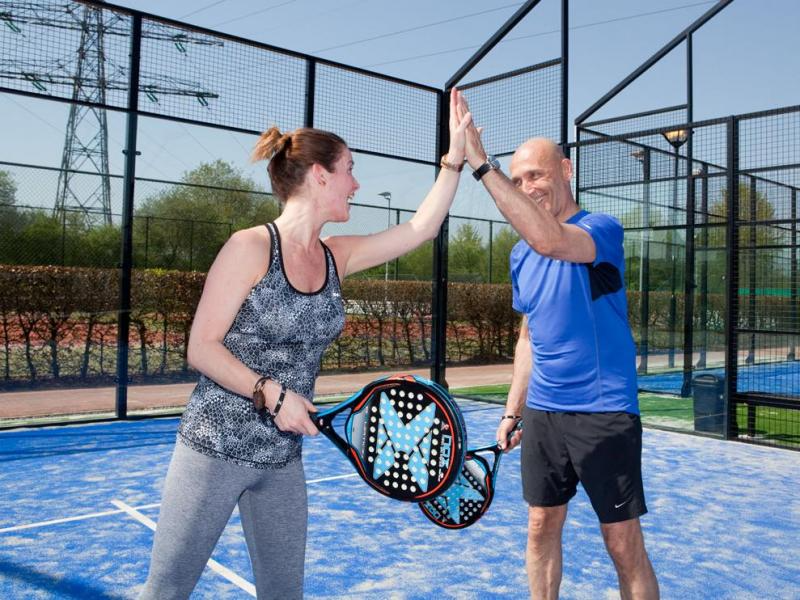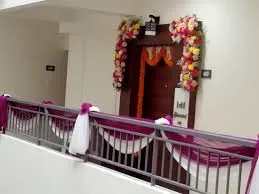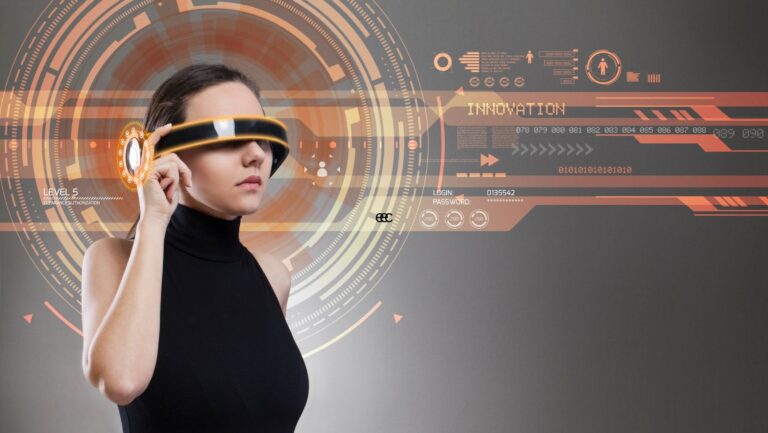NL Padel Fastest Growing Sport in the Netherlands
Padel, a thrilling racquet sport that fuses elements of tennis and squash, is rapidly growing in popularity across the Netherlands. Known for its dynamic pace and social nature, NL Padel has attracted players of all ages and skill levels. Unlike traditional court sports, padel is played in doubles on a smaller enclosed court, allowing for strategic gameplay and continuous action.
As clubs, courts, and tournaments multiply throughout the country, NLPadel is not just a trend but a lifestyle. This guide dives deep into what makes padel so captivating in the Netherlands, from its origins and growth to gear essentials, training tips, and the future of the sport.
The Rise of Padel in the Netherlands
A Brief History
Padel originated in Mexico in the late 1960s and made its way to Europe through Spain, where it exploded in popularity. The Netherlands embraced the sport in the early 2000s, but its true boom began around 2018, fueled by the opening of modern padel clubs and rising interest from tennis players seeking a new challenge.
Why It Appeals to Dutch Players
- Accessibility: It’s easier to pick up than tennis due to simplified rules and smaller courts.
- Social Element: Padel is always played in doubles, making it inherently social.
- Indoor and Outdoor Play: The game suits the Dutch climate, with facilities offering both indoor and covered outdoor courts.
- Fitness and Fun: Offers a full-body workout without being as physically taxing as other high-impact sports.
Notable Clubs and Locations
Some of the most popular clubs for NL Padel include:
- Plaza Padel (Amsterdam, Rotterdam, Utrecht)
- Peakz Padel (Eindhoven, The Hague)
- The Padellers (Haarlem, Groningen)
These clubs offer memberships, tournaments, coaching, and community events that fuel the sport’s growth.
Essential Gear for NL Padel Players
Rackets: The Core of the Game
Padel rackets are solid, perforated, and stringless. Choosing the right racket depends on your level and playing style.
- Beginner: Lightweight rackets with round shapes offer better control.
- Intermediate: Teardrop-shaped rackets provide a balance between power and control.
- Advanced: Diamond-shaped rackets are ideal for aggressive players seeking power.
Footwear: Grip and Support
Shoes should be designed specifically for padel or similar court sports:
- Reinforced soles with anti-slip patterns
- Lateral support for quick direction changes
- Cushioning to reduce impact stress
Balls: Not Just Tennis Balls
Padel balls are similar in appearance to tennis balls but slightly depressurized for a lower bounce.
- Brands to consider: Head Padel Pro, Wilson Padel Ball, Babolat Padel Tour
Apparel: Dress for Movement
- Tops: Moisture-wicking t-shirts or tank tops
- Bottoms: Flexible shorts, skorts, or tights
- Outerwear: Lightweight jackets for colder months
Accessories
- Grips: Enhance comfort and sweat absorption
- Wristbands: Prevent sweat from affecting your grip
- Eyewear: UV-protected and anti-fog for outdoor courts
- Padel Bags: Designed with compartments for rackets, shoes, and accessories
Learning and Training in NLPadel
Finding a Coach or Trainer
Many clubs offer structured lessons, from beginner bootcamps to elite coaching. Certified padel instructors in the Netherlands are trained through organizations like the NPB (Nederlandse Padelbond).
Types of Lessons
- Beginner Clinics: Cover basic rules, strokes, and strategies
- Intermediate Courses: Focus on footwork, volleying, and wall play
- Advanced Training: Tournament tactics, endurance drills, and mental preparation
Online Resources and Apps
- YouTube Channels: The Padel School, Padel Trainer
- Apps: Padel Manager (for organizing matches and rankings)
Playing Padel in NL: Tournaments and Clubs
Tournaments and Leagues
Competitive events are hosted year-round by:
- NPB: Official federation organizing national tournaments
- KNLTB: Dutch Tennis Federation, also involved in padel events
- Local Clubs: Weekly or monthly amateur tournaments
Events range from friendly mixers to qualifying rounds for international circuits like the World Padel Tour.
Membership and Court Booking
Most clubs offer pay-to-play as well as memberships. Booking is done via:
- Club websites or apps
- Padel-specific platforms like Playtomic or Meet & Play
Tips for Improving Your Game
Master the Basics
- Work on your forehand and backhand control
- Learn proper serve and return techniques
- Understand court positioning for doubles
Use the Walls
Walls are a key feature of padel. Practice letting the ball bounce and using the wall to redirect shots.
Communicate with Your Partner
Success in padel relies on teamwork:
- Call your shots
- Set up plays together
- Rotate court positions effectively
Stay Fit
- Practice footwork drills
- Incorporate strength training and cardio
- Stretch regularly to prevent injury
Health Benefits of Playing NL Padel
- Cardiovascular Health: Increases endurance and circulation
- Coordination: Enhances hand-eye coordination and balance
- Mental Wellness: Reduces stress, improves focus
- Social Connection: Encourages community and friendships
Many Dutch players cite padel as a sustainable fitness routine that’s enjoyable and adaptable.
Padel for All Ages in the Netherlands
Kids and Teens
Padel is an ideal introductory sport for younger players:
- Smaller courts reduce intimidation
- Emphasizes fun and movement
- Many clubs offer junior programs and camps
Adults and Seniors
- Low-impact alternative to tennis
- Promotes flexibility and joint health
- Social engagement through regular games
NL Padel Events and Community Engagement
Community Programs
Many clubs in NL run inclusive programs for:
- Disabled players
- Women-only tournaments
- Senior leagues
- School outreach programs
Corporate and Team Building
Padel is increasingly being used for corporate events and team-building activities. Companies rent courts, organize internal tournaments, and offer padel as part of employee wellness programs.
Charity and Exhibition Matches
Special events, such as charity matches and pro exhibitions, raise funds for local causes and introduce the sport to new audiences.
The Future of NL Padel
Infrastructure Growth
Expect more clubs, public courts, and investment in padel infrastructure. Urban areas are seeing padel courts built on rooftops, in parks, and even shopping centers.
Media and Sponsorship
Padel matches are increasingly broadcasted online, with companies sponsoring events and teams. Social media influencers and professional players are helping grow its reach.
Olympic Potential
With global recognition rising, there’s discussion about padel being included in future Olympic Games, further boosting its appeal in the Netherlands.
Conclusion:
NL Padel is more than a sport—it’s a movement that combines fitness, community, and competition in a uniquely accessible way. Whether you’re new to racquet sports or a seasoned athlete looking for a fresh challenge, there’s a place for you on the padel court.
From investing in the right gear and training smart to participating in local tournaments and social matches, the world of Dutch padel is open and welcoming. As courts continue to appear in every major city and community, there’s never been a better time to grab a racket, find a partner, and experience the thrill of padel in the Netherlands.







